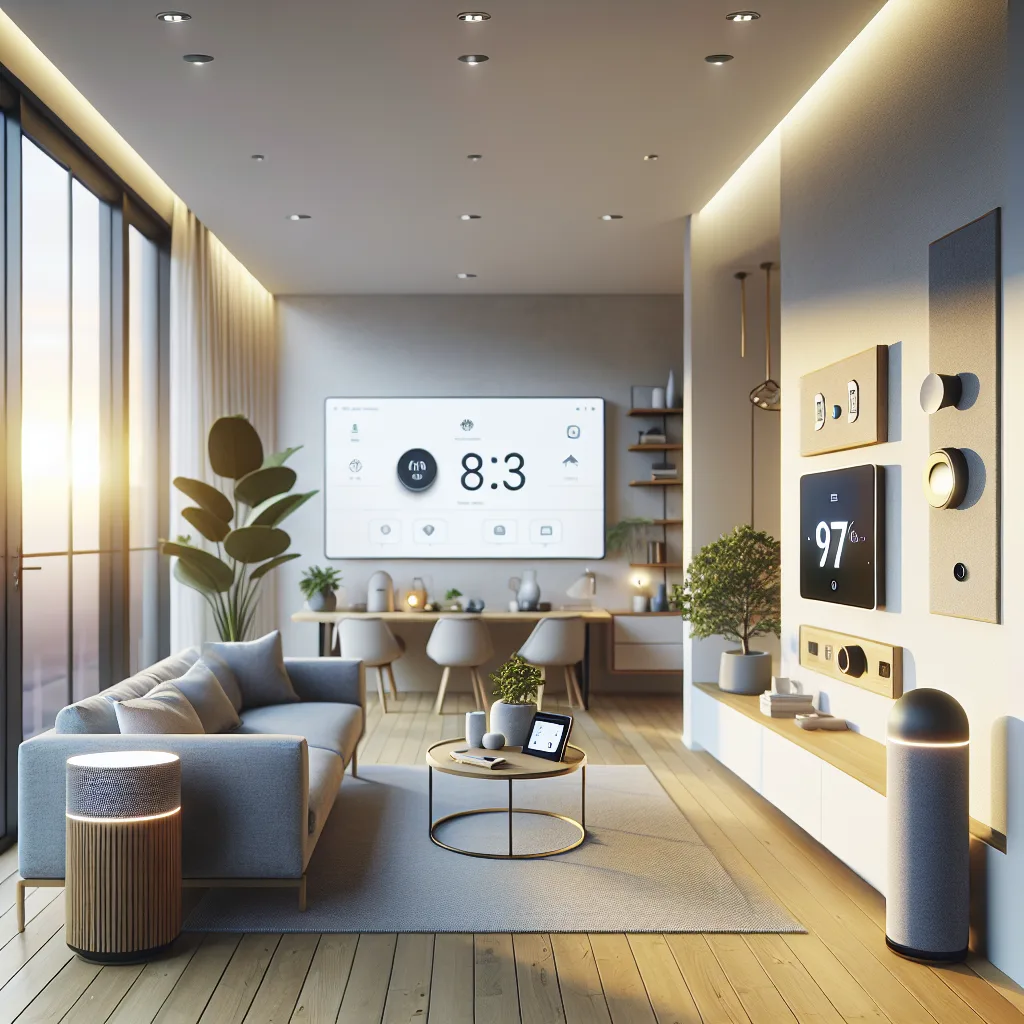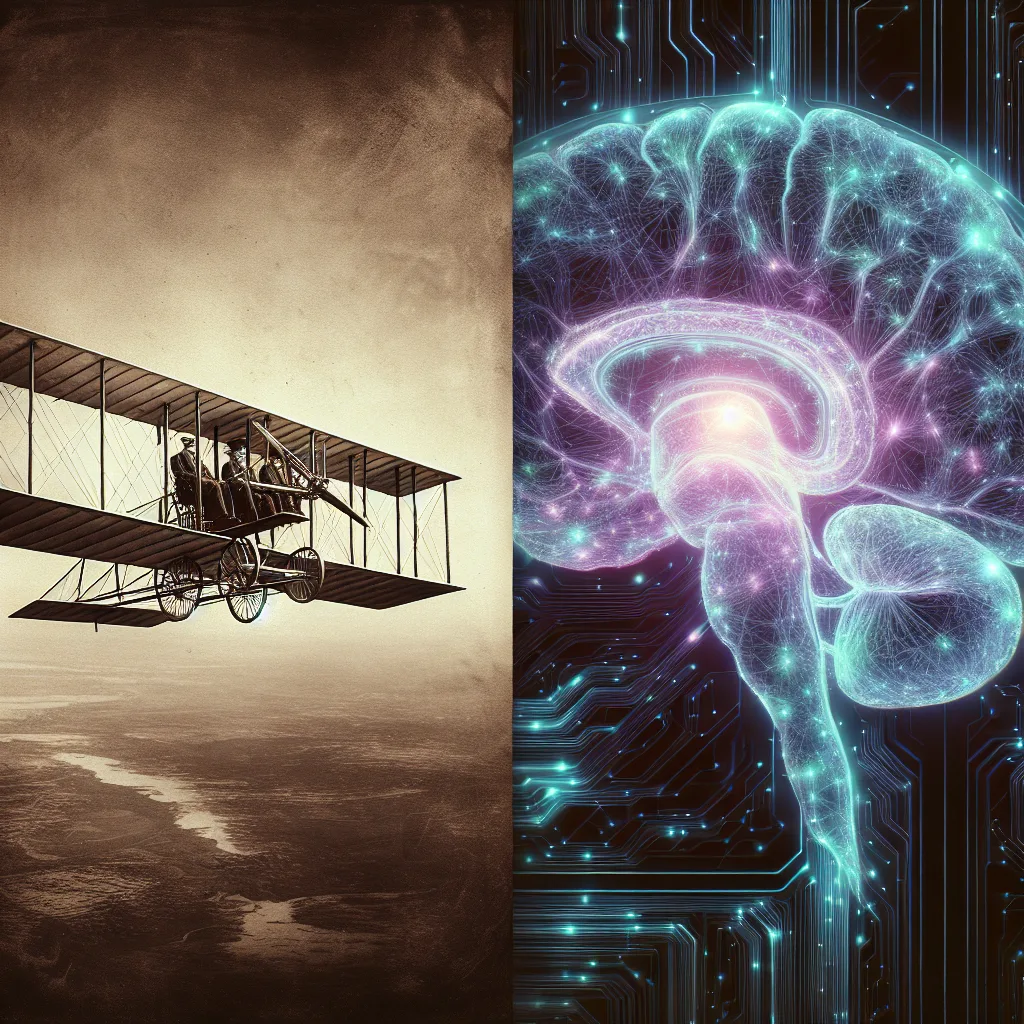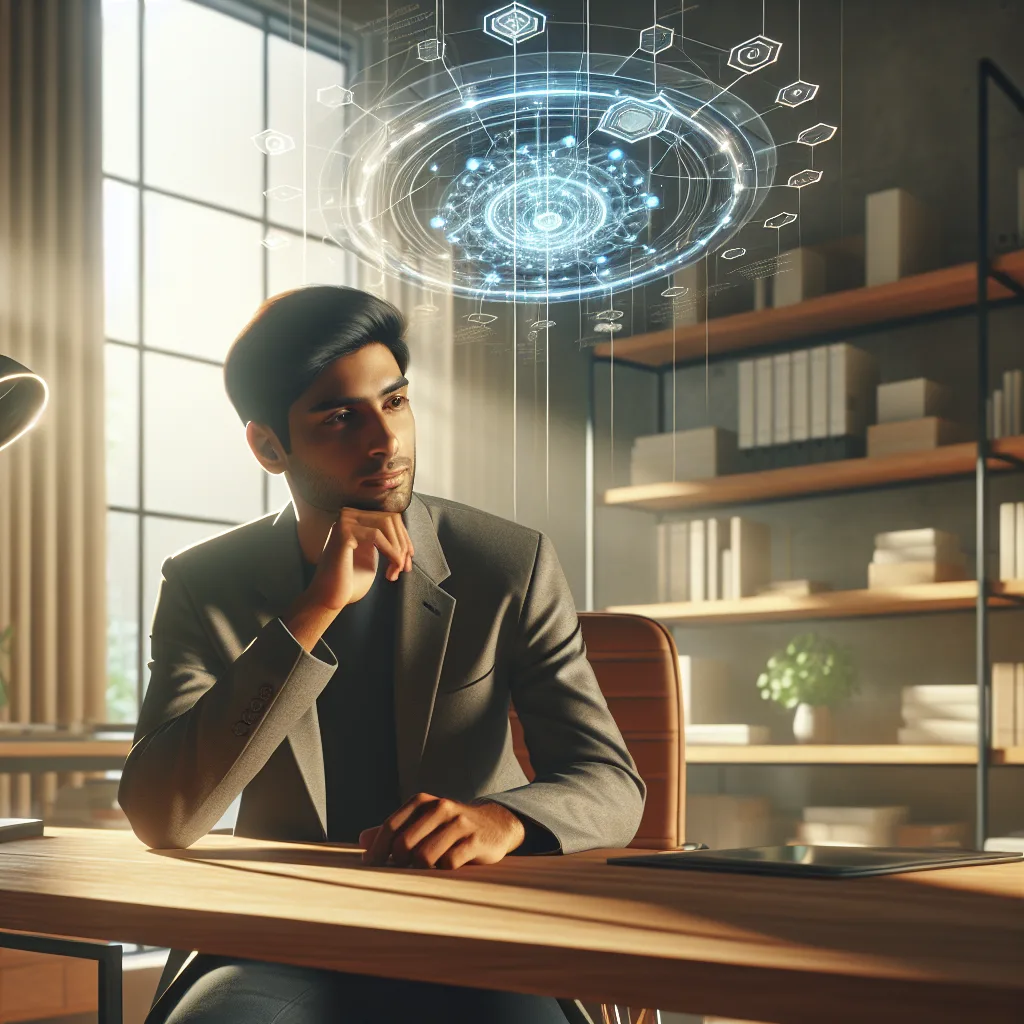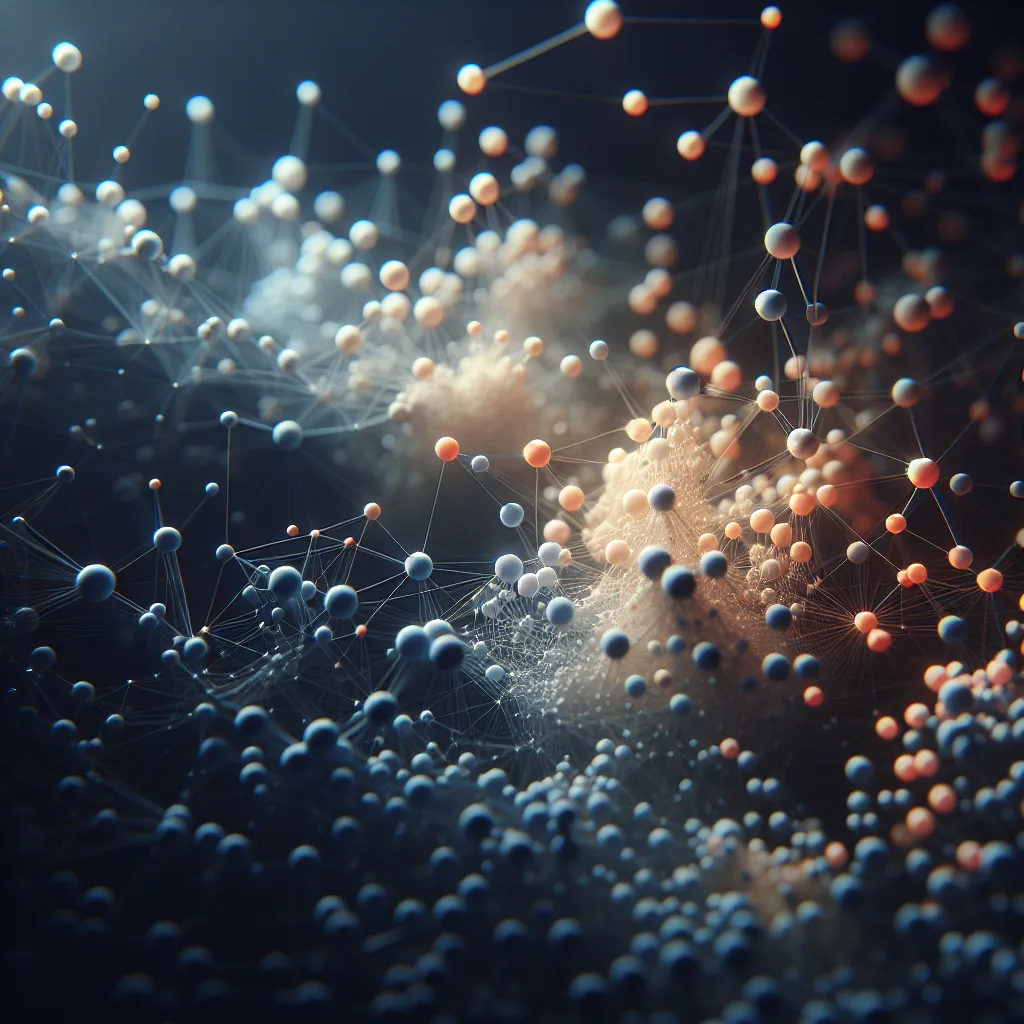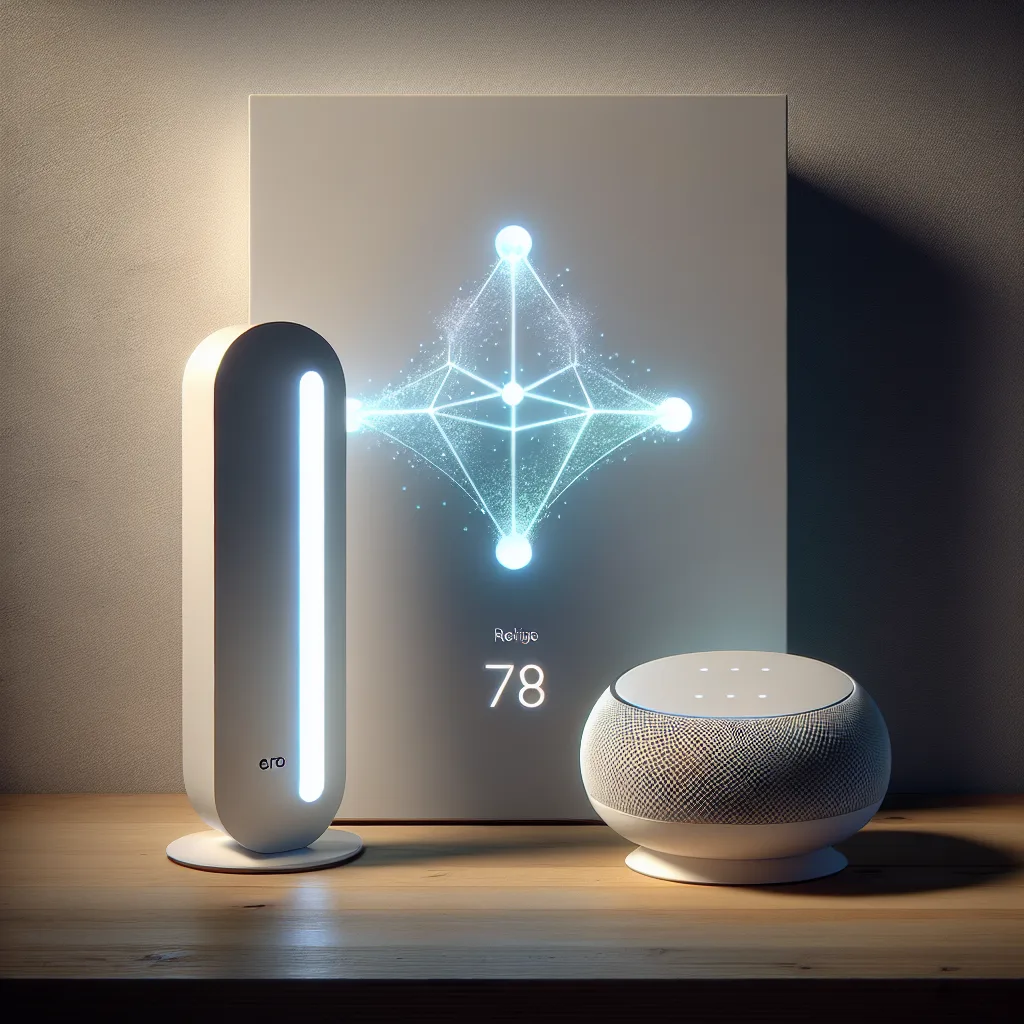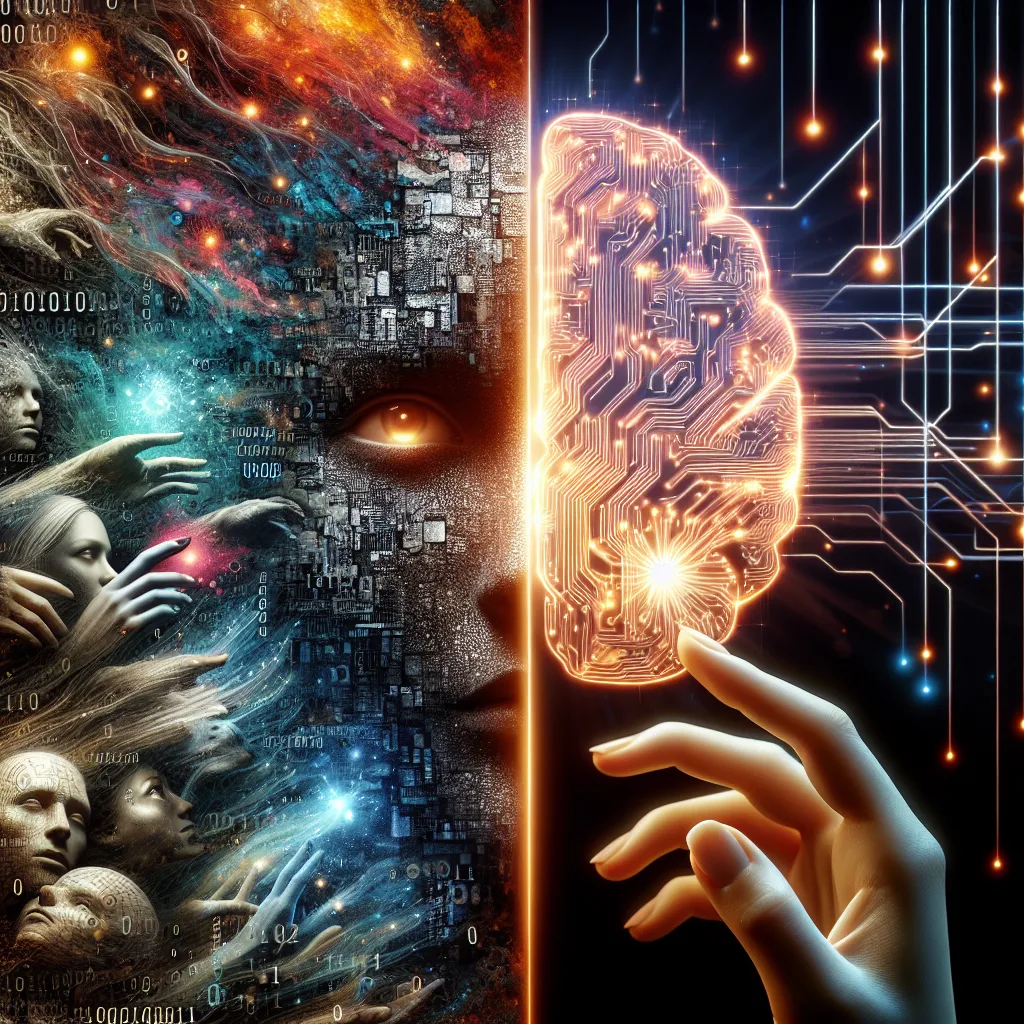Unlock the future of comfortable living with a seamless smart home setup.
Welcome to the future of living! If you’ve ever dreamt of a home that anticipates your needs, adjusts its lighting to your mood, or keeps an eye on things while you’re away, then a Smart Home Setup is exactly what you need. A smart home isn’t just about high-tech gadgets; it’s about integrating technology to simplify your daily routines, enhance security, save energy, and ultimately, improve your quality of life. From controlling your lights with a voice command to monitoring your front door from miles away, the possibilities are vast and continually expanding.
Planning Your Smart Home Setup
Before diving headfirst into purchasing devices, a little planning goes a long way. The first step in your smart home journey is to assess your needs and budget. What aspects of your home life do you want to automate or improve? Energy efficiency, security, entertainment, or convenience? Answering these questions will guide your choices.
Next, consider your home’s connectivity. Most smart devices rely on Wi-Fi, but some also use dedicated protocols like Zigbee or Z-Wave for more reliable connections and better range. More importantly, choose a central ecosystem early on. The major players are Amazon Alexa, Google Home, and Apple HomeKit. Sticking to one ecosystem ensures better compatibility and a more cohesive user experience for your entire smart home setup.
Essential Devices for Your Smart Home Setup
Once you have a plan, it’s time to explore the building blocks of a connected home. Here are some fundamental devices to consider:
- Smart Lighting: Beyond just turning lights on and off, smart bulbs can change color, dim, and be controlled remotely or set on schedules. They add ambiance and energy efficiency. You can find excellent options and comparisons at sources like TechRadar’s Best Smart Lights guide.
- Smart Thermostats: Devices like Nest or Ecobee learn your preferences, can be controlled from your phone, and help optimize energy usage, often leading to significant savings on your utility bills. Explore top-rated models in this CNET review of the best smart thermostats.
- Smart Security: This category includes smart doorbells, cameras, and locks that allow you to monitor your home, see who’s at the door, and even grant remote access. Enhancing your home’s security is a primary driver for many considering a smart home setup. For a comprehensive overview, consider articles like Wired’s guide on how to set up smart home security.
- Smart Speakers/Displays: These serve as the central hub for voice control and often integrate with all your other smart devices, allowing for hands-free operation and easy management of your connected home.
Optimizing Your Smart Home Setup for Daily Life
Setting up individual devices is just the beginning. The real magic of a smart home lies in its ability to automate routines. Imagine your lights gradually brightening as your alarm goes off, your coffee machine starting, and your news briefing playing automatically. These ‘routines’ or ‘scenes’ can be customized to your specific needs, making your home truly intelligent.
Voice control through your smart speaker or display will become second nature, allowing you to adjust settings, play music, and get information effortlessly. Don’t forget the importance of remote access – being able to check on your home, adjust your thermostat, or arm your security system from anywhere in the world provides unparalleled peace of mind. Finally, always prioritize privacy and security settings when configuring your devices to protect your data and network.
Embracing a Smart Home Setup is a journey towards a more convenient, secure, and energy-efficient lifestyle. With careful planning and the right devices, you can transform your living space into an intuitive environment that truly works for you. Start small, expand as your needs grow, and enjoy the comfort and control that smart technology brings.
